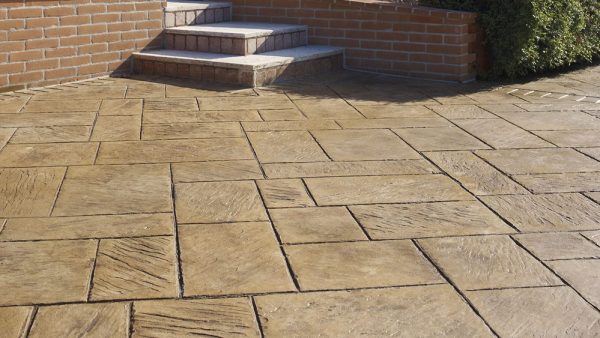Colored Plaster Walls
Colored stucco is a wall solution that presents versatility, durability and a variety of design aesthetics. Simply put, it is a type of plaster that has been changed in color with the adding of a dye.
These days, there are so many colors that can be added to stucco to make it appear contemporary, but the most common color variants like grays, blacks, and browns still somehow manage to be the most popular.
This colored variation of the plaster has similar characteristics as plain white plaster.
Of course, alterations done to the plaster like etching, staining, scaling and crazing, among others can be done on both plaster variations, but will be more noticeable in the colored variety.The addition of color to plain white stucco for different structures has been done for centuries.
As early as the Roman times, ocher dyes that were locally sourced were used to produce unique and eye-catching shades for exterior lime plasters. All types of stucco that are currently available in the market can undergo coloring, whether the ones present in the wall is the pure lime variety or the more contemporary stucco with cement added. The modern-day dyes that are being used to give stucco color are mostly inorganic pigments with mineral ingredients.
This type of colorant is being used because these are the only dyes that are complementary to the high pH level of stucco with cement elements, while also possessing the material lightness and quickness in drying desired. Inorganic pigments can either be all-natural like ocher or man-made combinations of all-natural ingredients like iron oxides that are manufactured.Colored stucco can also be classified according to tones and colors: earth, sun and water tones.
Beige and browns are classified as earth tones, while oranges, yellows and reds are sun tones, and greens and cool blues are identified as water tones. The preference for color on these plasters will ultimately boil down to the building owner’s cultural or personal preference.In order to obtain this colored plaster, pigments are added in proportion to the dry weight of plaster to be used, without first taking into account aggregates that may be added later.
The amount of pigment to be used will also depend on how dark or light the color the building owner wants for the plaster. For natural pigments, the amount should not exceed 20 percent of the dry lime weight, while for manufactured oxide pigments; the amount to be used should not exceed 15 percent of the dry lime weight.To apply, a concrete bonding agent must first be brushed to the wall.
Once this completely dries, directly apply the stucco to the wall, starting with a scratch coat, which is at most a layer of 1/2 inch, which should be allowed to harden slightly. Once the layer hardens, it should be scratched to 1/8 inches deep and allowed to fully harden to a maximum of 48 hours, with periodic surface misting to keep the area moist.
Once the layer has fully cured, a final coat ¼ inches thick should be applied, to a desired texture, and after 48 hours, the wall can now be used.Applying colored stucco can be considered as a DIY project, but it requires attention to time and periodic misting. Thus, to save you from inconvenience, why not hire a company like Decorete to do the job for you? With the company’s standing as a leading provider and applier of building materials, your worries will definitely disappear faster than the time your stucco wall completely dries.





